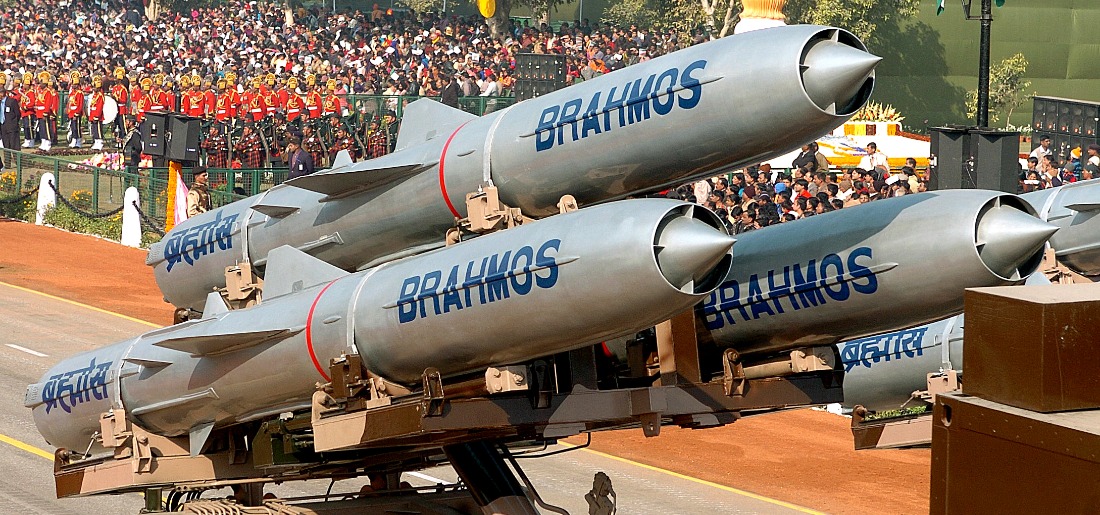India’s spectacular success in Operation Sindoor, a four-day calibrated military retaliation against Pakistan following the brutal Pahalgam ambush, has done more than just avenge the death of 24 tourists—it has sent a clear and resounding message: India’s Atmanirbharata in defence is no longer a slogan. It is a battlefield-tested and battle-hardened reality. The operation, which not only neutralised multiple terror launch pads across the Line of Control (LoC) but also disabled key Pakistani air defence systems, has brought to the fore the quiet but steady revolution in India’s defence preparedness over the past five years. The most striking outcome of Operation Sindoor was that India didn’t just fight with imported arms—we fought and won with our own. The confidence was palpable when Chief of Defence Staff General Anil Chauhan and Air Chief Marshal VR Chaudhari addressed the media separately and claimed of Operation Sindoor. For the first time, top military brass not only acknowledged the role of indigenous systems but openly expressed faith in their superiority. General Chauhan praised the role of India’s missile systems and drones, stating: “Our homegrown platforms performed with precision and unmatched reliability. Our preparedness has moved beyond dependence.” The Air Chief went further: “Operation Sindoor is the turning point. It has vindicated years of investment in indigenous R&D, and our skies are safer for it.” This endorsement is not perfunctory—it is rooted in the battlefield’s hard facts. Pakistan, despite retaliatory attempts using its Chinese-supplied drones and F-16 fighters, failed to breach Indian airspace or inflict damage on strategic assets. Credit goes to India’s iron dome-like shield of Akash missile systems, BrahMos cruise missiles, and indigenous drones, which blunted every offensive. The BrahMos cruise missile, co-developed with Russia but increasingly Indianized in its latest variants, was a star performer. Multiple precision strikes on terrorist infrastructure in Muzaffarabad and Neelum Valley demonstrated BrahMos’s versatility and reach.

Likewise, the Akash missile system, an indigenously developed surface-to-air missile, showcased its latest avatar during this operation. And just today, the Defence Research and Development Organisation (DRDO) successfully test-fired the upgraded ‘Akash Prime’—a system now capable of tackling drones and cruise missiles with enhanced radar and mobility. It is no coincidence that this breakthrough comes on the heels of Operation Sindoor. DRDO, it appears, is riding high on the momentum. Then there are homegrown drones, developed under the umbrella of multiple private and public sector initiatives, which played a dual role—surveillance and destruction. These drones provided real-time targeting data and were also used in kinetic strikes, especially against hardened bunkers used by Lashkar-e-Taiba and Jaish-e-Mohammed operatives. Until a few years ago, India was one of the top three arms importers globally. Dependence on foreign platforms, whether Russian Sukhois or American Apaches, dictated the contours of our strategic capabilities. But the last half-decade has witnessed a decisive shift, thanks to the government’s push for self-reliance under the ‘Make in India’ and ‘Defence Acquisition Procedure (DAP) 2020’ reforms. Over 400 items have been placed on the import ban list, while major players like HAL, BEL, and DRDO have stepped up production and innovation. The private sector too—L&T, Bharat Forge, and a slew of startups—has become crucial to this ecosystem.

The Light Combat Aircraft (LCA) Tejas, Pinaka rocket systems, Arjun tanks, Nag anti-tank missiles, and now Akash Prime are only some of the crown jewels of this indigenous rise. And when these systems prove themselves in real combat—not just parades or trials—it fosters not just capability, but credibility. India’s swift, decisive, and tech-driven response in Operation Sindoor marks a doctrinal shift—from reactive defence to proactive domination. It also signals that India will no longer be deterred by international pressure or the fear of escalation when national security is at stake. What’s equally critical is that this operation was conducted without American satellites or Israeli shields. India’s own space-based ISR (Intelligence, Surveillance and Reconnaissance) capabilities and real-time battlefield data-sharing through indigenous networks ensured minimal collateral damage and maximum strategic impact. While Operation Sindoor is a defining milestone, it should not be seen as a culmination. It is a launchpad for the next phase of India’s military resurgence. If this momentum is maintained, India can realistically aim to become a net defence exporter, especially in the Global South. What’s needed now is continued political will, investment in AI-driven warfare tech, and deep-skilling of human capital in defence R&D. The enemy may adapt, but India must innovate faster. In many ways, Sindoor was not just about blood and retribution—it was about sovereignty and self-sufficiency. It is proof that the Indian soldier now walks not only with courage in his heart, but with confidence in Indian-made boots, helmets, guns, and missiles. That’s not just nationalism. That’s strategic transformation. And it’s here to stay.





